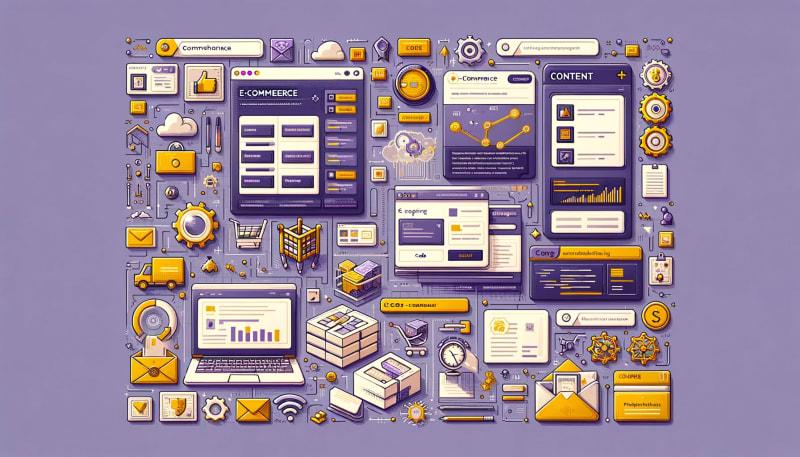Introduction
Next.js Commerce is at the forefront of redefining e-commerce site development. It harnesses the robustness of Next.js to deliver performance-driven and scalable online shopping experiences. This article aims to explore the multifaceted features of Next.js Commerce, particularly focusing on its capabilities in crafting high-performance, scalable e-commerce platforms.
What Makes Next.js Ideal for E-commerce?
Several key features of Next.js make it exceptionally suited for e-commerce site development:
- Fast Rendering: Next.js's server-side rendering and static generation features ensure quick loading times, crucial for retaining customer attention and reducing bounce rates.
- SEO Friendliness: The framework's ability to render on the server side enhances search engine optimization, making products and services more discoverable.
- Ease of Integration: Next.js Commerce offers seamless integration with various e-commerce backends and platforms, providing a flexible environment to build upon.
Leveraging Next.js for Enhanced User Experience
Next.js significantly elevates the user experience in e-commerce applications:
- Faster Page Loads: Utilizing Next.js's efficient data fetching and rendering strategies leads to quicker page loads, which is vital for keeping users engaged.
- Dynamic Content Delivery: Next.js facilitates the dynamic rendering of content, allowing for personalized user experiences based on user behavior and preferences.
- Mobile Responsiveness: The framework's mobile-first approach ensures that e-commerce sites are optimally viewed across various devices.
Best Practices in E-commerce Site Development
When developing e-commerce sites using Next.js, certain best practices should be followed:
- Efficient Product Catalog Management: Implement strategies to manage product listings effectively, ensuring they are easily navigable and up-to-date.
- Checkout Flow Optimization: Streamline the checkout process to minimize friction, enhancing user satisfaction and conversion rates.
- User Interface Design: Focus on creating an intuitive and visually appealing interface that enhances the shopping experience.
Success Stories: E-commerce Sites Powered by Next.js
Case studies of successful e-commerce platforms using Next.js include:
- Fashion Retailers: Implementing dynamic and interactive product displays.
- Electronics Stores: Leveraging fast-loading pages for extensive product catalogs.
- Specialty Shops: Creating niche marketplaces with customized user experiences.
Conclusion
Next.js Commerce is a game-changer in the world of e-commerce. Its combination of speed, scalability, and flexibility makes it an ideal choice for businesses seeking to build or revamp their online stores. The framework’s comprehensive features cater to the evolving needs of the modern digital marketplace, positioning Next.js Commerce as a key driver in the future of e-commerce development.
References
For more detailed information and technical guidance, the official Next.js documentation is an invaluable resource. Additionally, exploring case studies and guides available on e-commerce platforms can provide practical insights into the implementation of Next.js in real-world e-commerce scenarios.




Top comments (0)